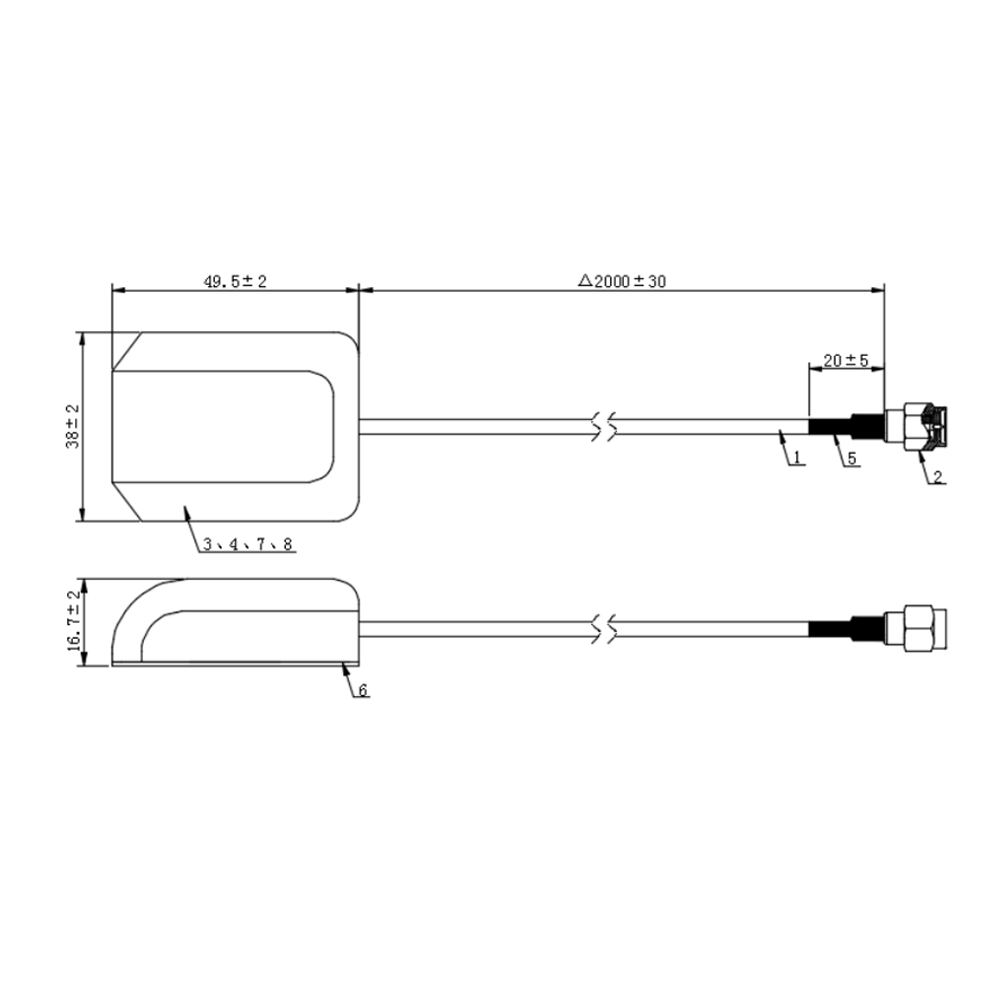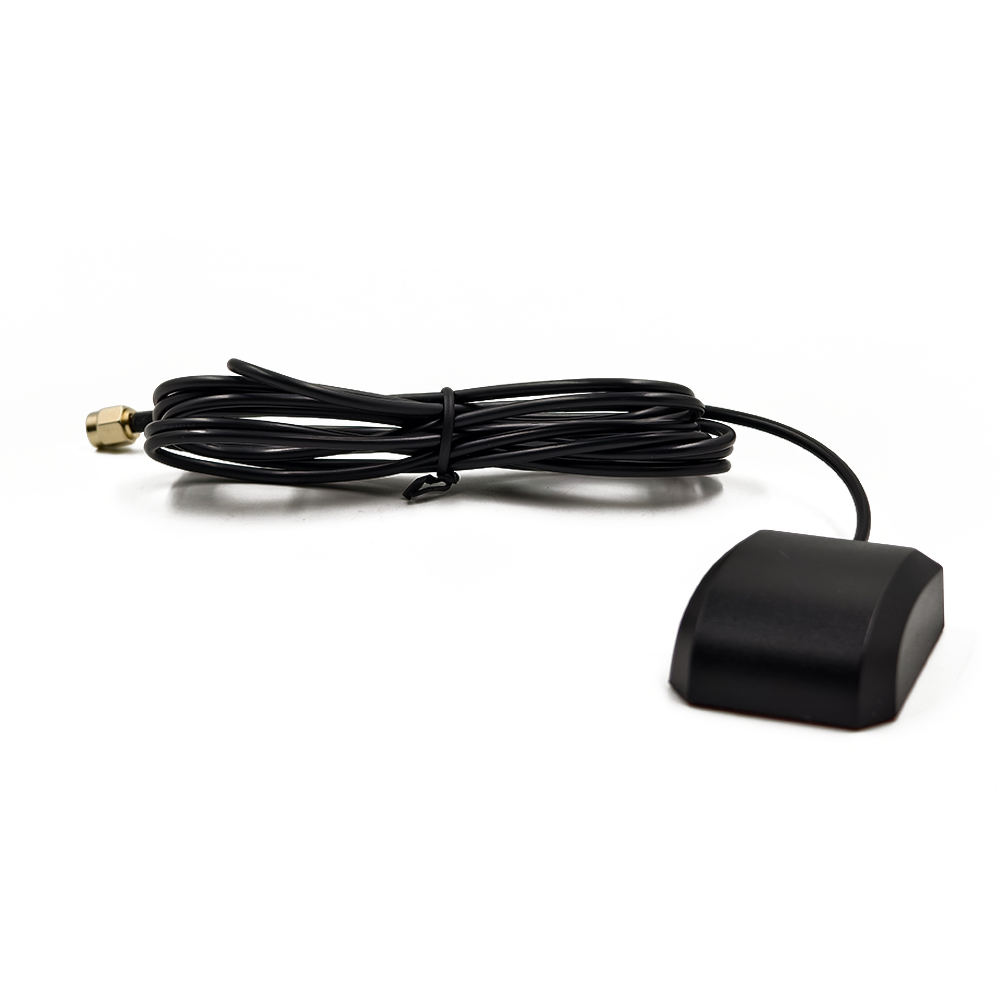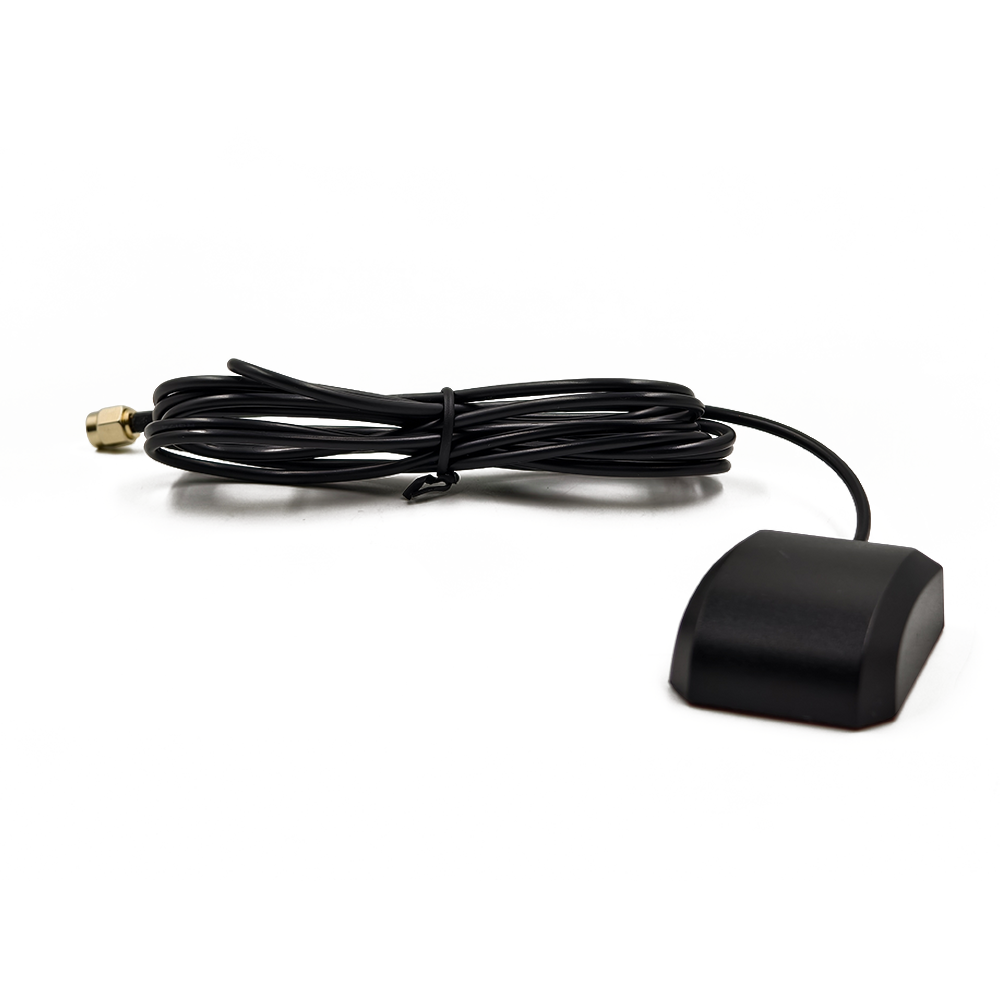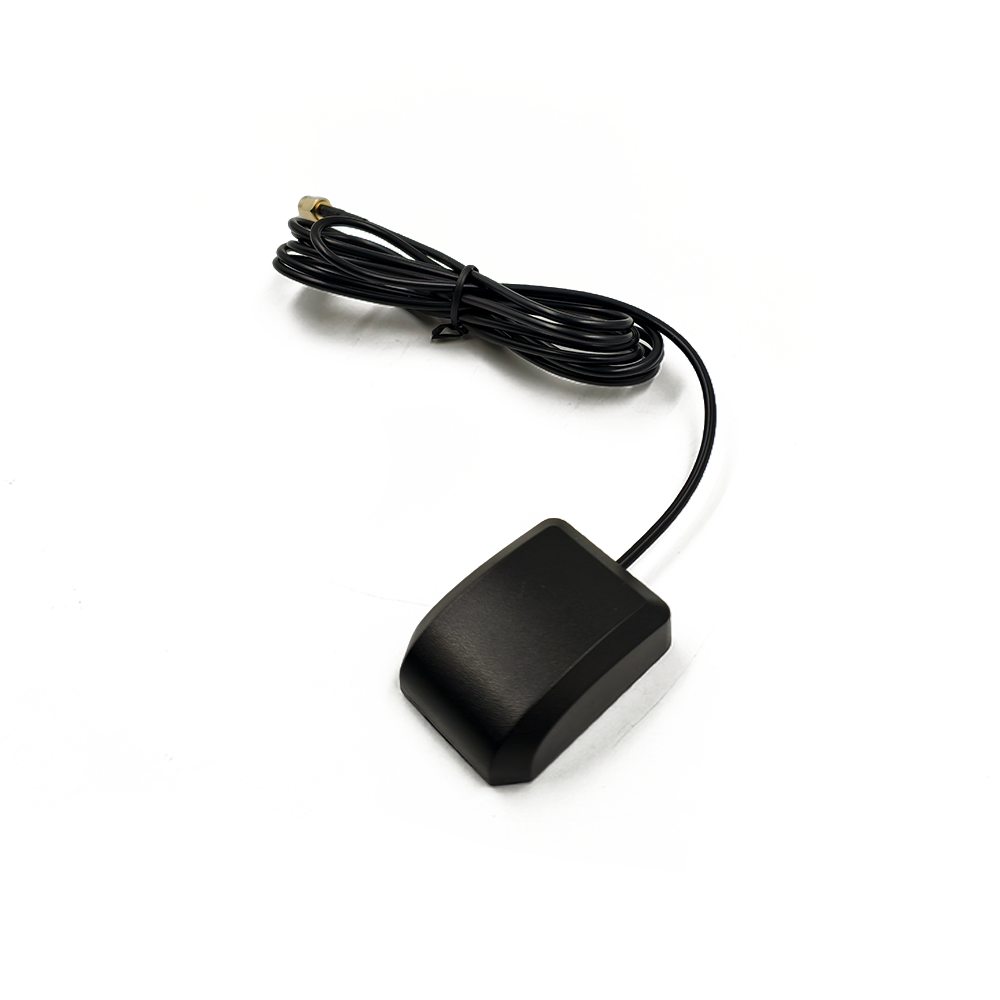The reliable, global link provided by the marine external Iridium antenna enables a vast and growing array of applications that are transforming maritime operations, safety, and efficiency. Furthermore, technological evolution is continuously expanding its potential, pointing towards an even more connected and data-driven future at sea.
Current Applications
Global Maritime Distress and Safety System (GMDSS): This is the most critical application. Iridium has been recognized as a GMDSS service provider, and its antennas are the key hardware enabling vessels to meet SOLAS (Safety of Life at Sea) requirements for distress alerting and safety communications from anywhere on the globe.
Voice and SMS Communication: Providing essential crew welfare and operational voice communication. Skippers can contact shore-based management, agents, or other vessels, and crew members can stay in touch with family, which is crucial for morale on long voyages.
Vessel Tracking and Monitoring (IoT): A massive application area. Fleet operators use Iridium to receive automated data reports on vessel position, speed, heading, engine performance, fuel consumption, and hull stress. This allows for optimized routing, maintenance planning, and improved operational efficiency. This is often done via Iridium's SBD (Short Burst Data) service, which is highly efficient for small, periodic data packets.
Weather Routing and Forecasts: Access to real-time weather data, wave charts, and storm warnings is vital for navigational safety and fuel efficiency. Antennas enable vessels to download updated GRIB files and receive optimized routes that avoid heavy weather, saving time and fuel and ensuring crew and cargo safety.
Email and Limited Internet Access: While not broadband, Iridium Certus provides enough bandwidth for essential email communication, web browsing for text-based information, and transactional data for onboard systems.
Scientific and Environmental Monitoring: Research vessels and even autonomous buoys and floats use Iridium antennas to transmit collected scientific data (e.g., water temperature, salinity, acidity, wildlife tracking) back to laboratories in near real-time, enabling global environmental monitoring on an unprecedented scale.
Future Trends
The Internet of Things (IoT) Explosion: The maritime IoT ecosystem will expand dramatically. Antennas will be the gateway for a flood of data from an ever-increasing array of sensors: container condition monitoring (temperature, humidity, shock), advanced predictive maintenance for engines, security sensors, and environmental compliance monitoring (e.g., ballast water treatment, emissions reporting).
Integration with Broadband Hybrid Networks: The future is not one technology but many working together. Vessels will use hybrid connectivity solutions. The Iridium antenna will provide the always-on, global baseline for safety and critical operational data. When within range, the system will automatically hand over to higher-bandwidth (but geographically limited) services like coastal 4G/5G, LEO megaconstellations (e.g., Starlink Maritime), or GEO HTS satellites for video conferencing, streaming, and large data transfers. The Iridium link will remain the failsafe backbone.
Enhanced Safety and Autonomous Systems: As the maritime industry moves towards greater autonomy and decision support systems, the reliable, low-latency data link provided by Iridium will be crucial. It will enable remote monitoring and even control of unmanned surface vessels (USVs) and provide a redundant communication path for collision avoidance systems and electronic navigational chart updates.
Hardware Miniaturization and Integration: Antennas will become more compact and integrated with other systems. We will see the rise of multi-service antenna domes that combine Iridium, GPS/GNSS, VHF, and other L-band services into a single, aesthetically pleasing and aerodynamically efficient unit, simplifying installation and reducing deck clutter.
Advanced Power Management: For battery-powered applications like buoys or life rafts, future antenna systems will incorporate ultra-low-power modes, waking up only to transmit data at scheduled intervals, thereby dramatically extending operational life.
The marine external Iridium antenna, therefore, is evolving from a communication tool into the central nervous system of the smart vessel. Its role is expanding from enabling human conversation to facilitating machine-to-machine (M2M) communication, driving the industry towards unprecedented levels of safety, efficiency, and environmental stewardship. Its future is one of deeper integration, smarter data handling, and remaining the unwavering, global lifeline in an increasingly connected maritime world.
Conclusion
In the grand theater of maritime endeavor, where human ambition meets the immense power of the ocean, technology must be defined by its resilience and reliability. The marine external Iridium antenna, with its uncompromising waterproof design, stands as a paradigm of such technology. It is far more than a simple piece of electronic equipment; it is an unwavering sentinel, a steadfast guardian that ensures a vessel is never truly alone, no matter how vast or empty the surrounding seascape may appear.
This analysis has revealed that its significance is derived from a profound synthesis of form and function. Its value is not found in raw data speed, but in something far more critical: dependability. This dependability is hard-earned through meticulous engineering—the marine-grade stainless steel that resists corrosion, the hermetically sealed radome that defies the ingress of saltwater, the potted electronics that laugh off vibration, and the radiation pattern that remains stable through the wildest rolls and pitches. It is a product built to a standard of survival, not just performance.
Its function is the enabling of connection—the vital link that transforms the Iridium constellation's theoretical global coverage into a practical tool for saving lives, protecting assets, and conducting business. It is the hardware foundation upon which modern maritime safety (GMDSS), operational efficiency (tracking and monitoring), and human welfare (crew communication) are built. It serves as the silent workhorse for the Internet of Things at sea, transmitting the data streams that are making shipping smarter, greener, and safer.
The future will undoubtedly bring faster communication technologies to the maritime domain, with new constellations offering broadband speeds. However, the unique combination of true global coverage, low latency, resilience to motion, and proven safety certification will ensure the Iridium antenna retains its vital role. It will form the reliable, foundational layer in a hybrid connectivity model—the always-on, always-there backup that everything else can depend on.
In conclusion, the marine external Iridium antenna is a testament to the idea that the most crucial technologies are often those that perform their duty so flawlessly that they become invisible. It sits atop the vessel, silently enduring the worst the elements can muster, and in doing so, it shrinks the world's oceans, ensures the safety of crews, and empowers the sustainable and efficient movement of global trade. It is, without hyperbole, one of the most important pieces of safety and communication equipment a vessel can carry, an indispensable lifeline tethering every vessel to the rest of humanity.




































































 Language
Language
 En
En Cn
Cn Korean
Korean

 Home >
Home > 








 18665803017 (Macro)
18665803017 (Macro)













